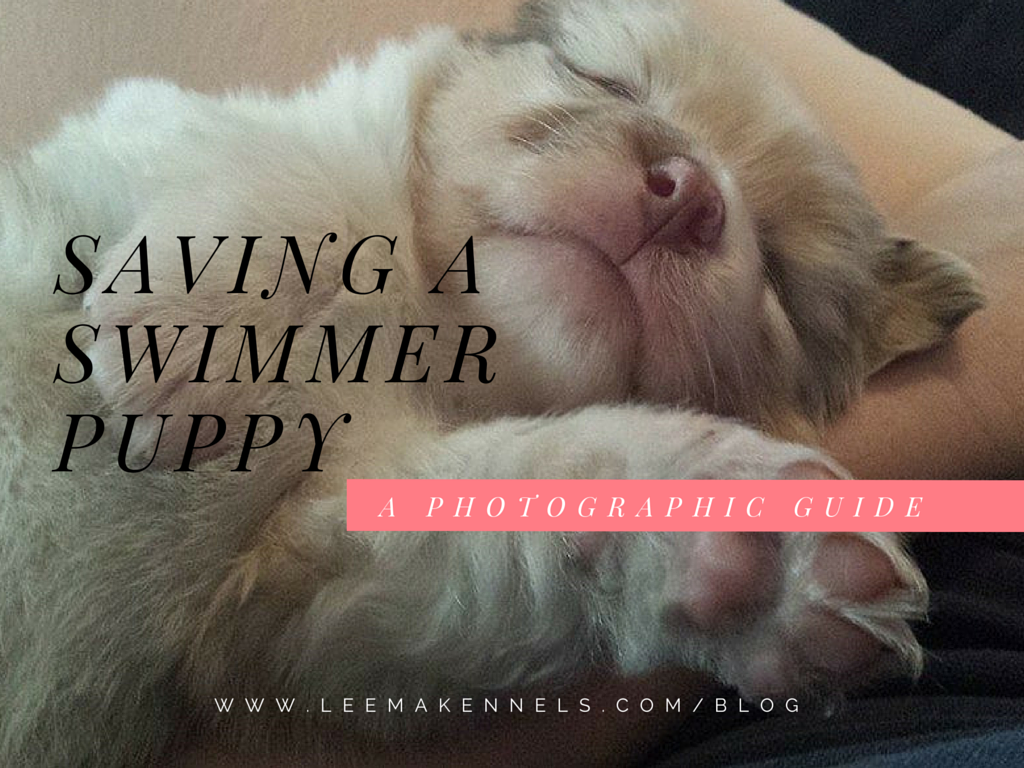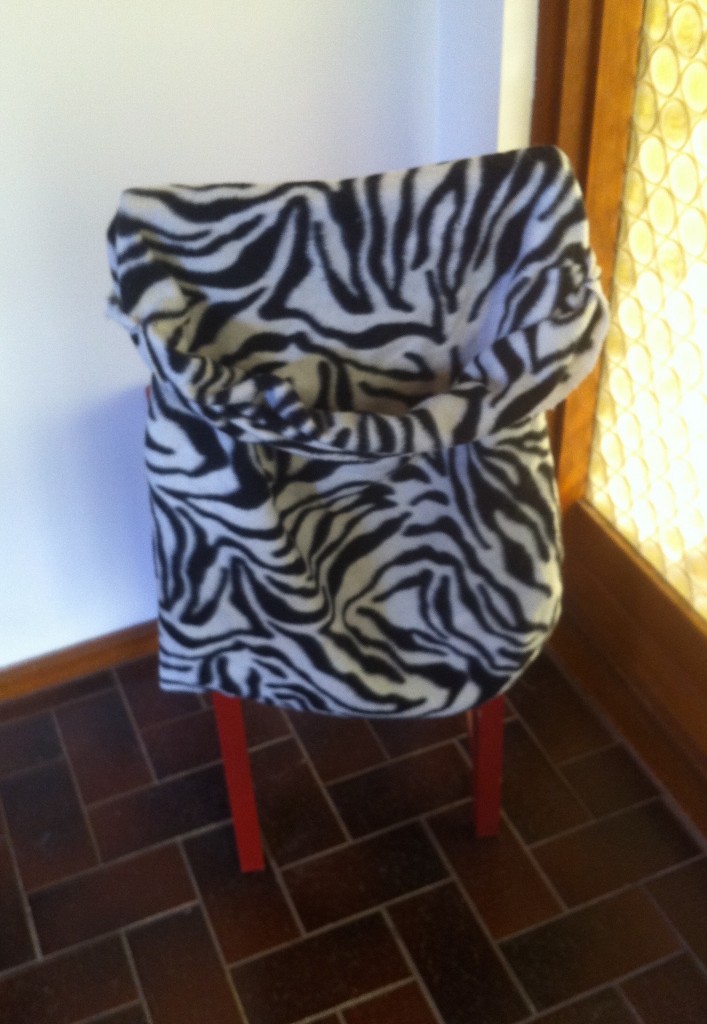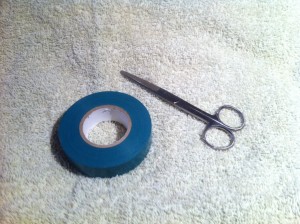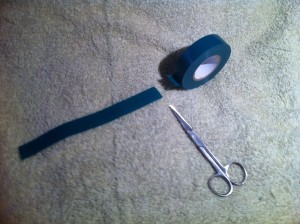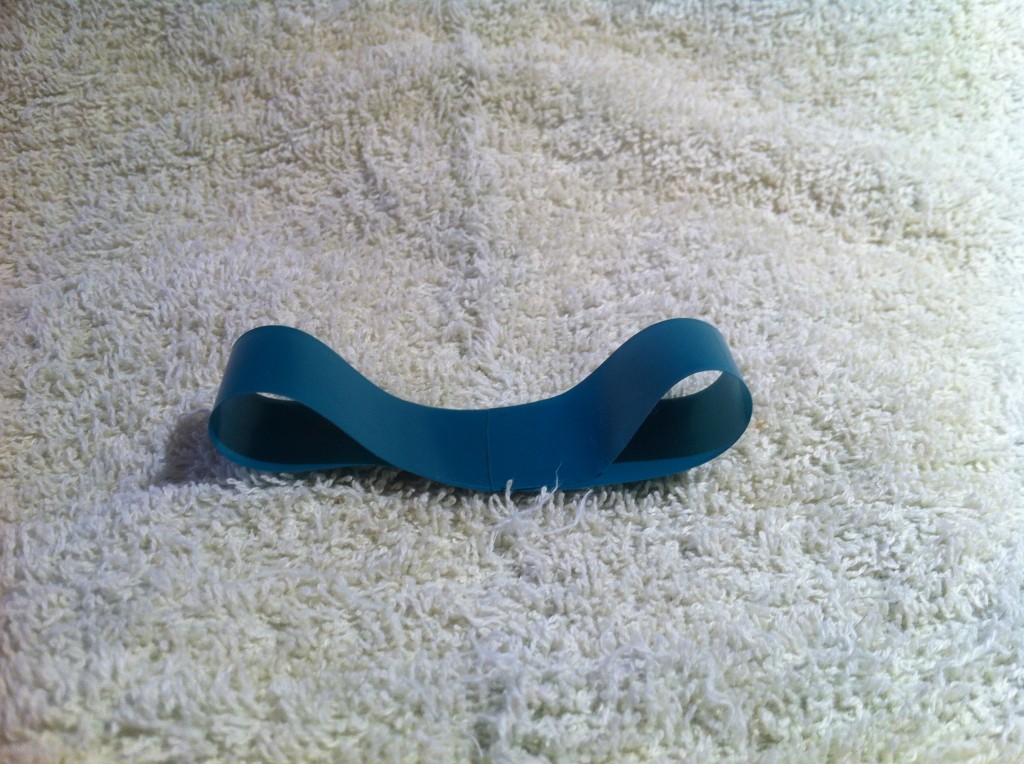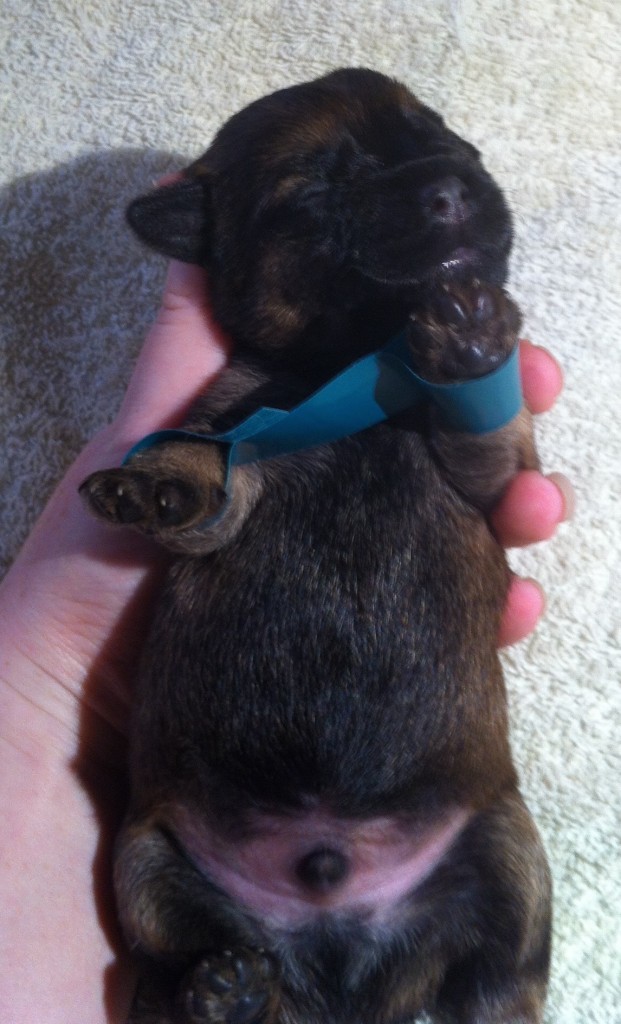| Current Proposed Standard |
Proposed Change |
Rationale |
| 3.1.1 The person in charge of the facility is responsible for compliance with all Standards within this Code. |
– |
– |
| 3.1.2 The person in charge of the facility must be aware of their responsibilities towards the animals in their care. Each day, a person must be in attendance with sufficient frequency to meet the requirements of this Code, and must be knowledgeable and competent to: • provide for the animals’ care and welfare • provide for the feeding and watering of the animals • take reasonable steps to protect animals from distress or injury caused by other animals or interference by people • clean and ensure proper hygiene in the facility • identify signs of common diseases of the animals kept. |
– |
– |
| 3.1.3 Where trainees and volunteers are engaged by the facility they must work under the supervision of trained and experienced staff. |
– |
– |
| 3.1.4 Facilities must engage sufficient staff to meet these Standards and ensure the welfare of the animals being kept. |
Remove section. |
Unnecessary. 3.1.1 states that the person in charge of the facility is responsible for complying with the code. Obviously, this involves employing staff to meet the requirements of the code. |
| 4.1.1 The following information must be recorded for each animal that is housed at the facility: • a description which includes: » name » microchip number (if microchipped) » sex (including whether desexed) » breed » colour » the pedigree registration number (for purebred animals) of owned and leased animals » distinguishing features » any special medical and dietary requirements • the history of the animal which includes: » date of birth » the date of acquisition/arrival » vaccination status » details of preventative and veterinary treatment, for example routine husbandry procedures such as worming or parasite control » details of medical history » any genetic or other health testing undertaken • method of disposal of the animal which includes: » the date and details of the sale or give away » if animals are euthanised the date, reason and method for euthanasia » if the animal died, the date of death, whether or not a necropsy was performed and the cause of death (if known) • if the animal is leased: » the name, address and telephone number of the owner or lessee » the name and contact telephone number of the veterinary practitioner who normally attends the animal. |
Remove section. |
Record keeping outlined here is extensive and burdensome for a hobby breeder. |
| 4.1.2 Information which details each litter bred must be recorded and must include: • the name and microchip number of both the dam and the sire (if microchipped) • the date of mating(s) • the date of whelping or queening • identification details for each animal within the litter including any abnormalities or deaths. |
– |
– |
| 4.1.3 Records must be retained for no less than five years after the death or disposal of the animal and all staff must be able to produce the records at the request of an inspector under the Animal Welfare Act 1985. |
Remove section. |
Record keeping outlined here is extensive and burdensome for a hobby breeder. |
| 4.1.4 The facility must have a documented program in place to control insects, external parasites (including fleas, lice, ticks) and vertebrate pests (for example rats or mice). This program must be kept at the facility and all staff must be able to produce or access it and must be familiar with its content. |
4.1.4 The facility must have a documented program in place to control insects, external parasites (including fleas, lice, ticks) and vertebrate pests (for example rats or mice), if evidence of such parasites or pests are sighted. This program must be kept at the facility and all staff must be able to produce or access it and must be familiar with its content. |
Unnecessary for facilities to have a documented program of parasite and pest control if the facility has never witnessed the parasites or pests. |
| 4.1.5 Each facility must have a documented procedure for the swift removal of animals from the facility, in the case of emergency. This procedure must be kept at the facility and all staff must be able to produce or access it and must be familiar with its content. |
Remove section. |
Record keeping outlined here is extensive and burdensome for a hobby breeder. |
| 5.1.1.1 Vehicles, caravans, portable crates and the crawl space under any dwelling must not be used as permanent housing. |
Unsure. |
Currently unclear what ‘permanent housing’ definition is. |
| 5.1.1.2 Breeding facilities must have a clean and adequate water supply, sufficient to meet the daily requirements of the animals. |
Remove section. |
An individual is already in violation of the Animal Welfare Act if they fail to provide an animal with water. |
| 5.1.1.3 Breeding facilities must be designed, constructed, serviced and maintained in a way that: • provides for the good health and wellbeing of the animals • minimises the risk of the transmission of infectious disease agents • minimises the risk of escape of animals • Minimises the risk of injury to animals and humans |
Unsure. |
Section is vague, subjective, and unenforceable. |
| 5.1.1.4 Animals must be provided with protection from rain and wind, direct sunlight or other adverse weather conditions and must be provided with clean, dry, dedicated sleeping areas. |
– |
– |
| 5.1.1.5 If a facility houses both dogs and cats, cat housing must be sufficiently distant or otherwise isolated from dog housing to minimise the stress to cats created by the sound, sight or smell of dogs. |
– |
– |
| 5.1.1.6 Housing must meet the minimum sizes shown in Tables 1 and 2 below. These limits do not apply to animals being temporarily housed while undergoing treatment or being transported for a disease or injury. |
5.1.1.6 Housing must meet the minimum sizes shown in Tables 1 and 2 below. These limits do not apply to animals being temporarily housed. (Section: “while undergoing treatment or being transported for a disease or injury” removed.) |
As the code is currently written, crates have been banned. Crates are important for confining dogs for a number of purposes, and are often spaces that dogs deliberately seek out for rest. As dogs are often crated during medical treatment or transport, a familiarity with crates is important to minimize stress at these times. Crates need to be permitted and the only way to do this is to make changes to the housing sizes shown. |
| 5.1.1.7 Animals: • must be provided with sleeping areas that have clean, hygienic, dry bedding, appropriate to the species and breed, sufficient for the number of animals held, and sufficient to insulate them from the floor • must not be in extended contact with wet floors • must not be kept exclusively on wire flooring. |
– |
– |
| 5.1.1.8 Cats must be provided: • with a suitable box each in which to hide or sleep • a litter tray that is at least 1.2 times the length of the cat and that contains a sufficient depth of material such as commercial cat litter, sawdust, shavings, sand or shredded paper. |
– |
– |
| 5.1.1.9 An area must either be available at the facility or at a veterinary hospital where animals can be kept in isolation. There must be documented and demonstrable biosecurity measures in place prior to use. |
Remove section. |
Excessive demands of small hobby breeders to have an isolation area, and it is excessive to require vets to provide written documentation of their availability of their facilities for isolation. |
| 5.1.1.10 Animals known or suspected to be suffering from a significant infectious disease or severe injury must be taken directly to where they can be kept in isolation unless it is in the animal’s welfare to be housed with other animals and does not put the other animals at risk. |
– |
– |
| 5.1.1.11 A cat isolation facility must be a sufficient distance or otherwise isolated from dog housing to minimise the stress created by the sound, sight or smell of dogs. |
– |
– |
| 5.2.1.1 Housing must have a shaded area to escape direct exposure from the sun. |
Remove section. |
Already covered in 5.1.1.4. |
| 5.2.1.2 Animals must be protected from extremes of temperature. |
Remove section. |
Already covered in 5.1.1.4. |
| 5.2.1.3 The duration and intensity of artificial lighting, if used, must be as close as possible to natural conditions, sufficient to allow thorough inspection and observation of animals and must mimic the prevailing natural light cycles. Animals must be protected from excessive light that is generated from an external source. |
– |
– |
| 5.2.1.4 Housing areas must sufficiently ventilated to maintain the health of the animals, while minimising undue draughts, odours and moisture condensation. |
Unsure. |
Section is vague, subjective, and unenforceable. |
| 5.2.1.5 Air ventilation devices, if used, must have an air change rate sufficient to distribute fresh air evenly to all of the animal holding areas ; and must have a back-up system in case the system becomes inoperable. |
– |
– |
| 5.3.1.1 The facility must be able to be reasonably secured to prevent access by unauthorised people. |
– |
– |
| 5.3.1.2 Housing must be fitted with a secure closing device that cannot be opened by the animals held. |
Remove section. |
Covered by section 5.3.1.4. |
| 5.3.1.3 Animals must not be able to escape except in circumstances that cannot reasonably be foreseen and guarded against. |
– |
– |
| 5.3.1.4 Unauthorised people must not have access to animal holding areas unless under the supervision of a staff member. |
– |
– |
| 5.3.1.5 All potential poisons and harmful substances, whether in storage or in use, must be kept out of reach of animals. |
– |
– |
| 6.1.1.1 Each animal must be individually identified. |
Remove section. |
Covered by proposed changes to the Dog and Cat Management Act that requires all animals to be microchipped. |
| 6.1.1.2 Appropriate measures must be implemented to minimise the risk of distress or injury caused by other animals. This includes supervising animals sharing an exercise area unless they are known to be compatible. |
– |
– |
| 6.1.1.3 Animals must be protected from distress or injury caused by interference by people. |
– |
– |
| 6.1.1.4 Animals that must be kept in isolation must be kept in a quiet, warm and dry area. In most instances, the following categories of animals must be isolated : • animals with dependent young • animals about to give birth • animals in season, where it is not the intention to breed • sick or injured animals. |
Remove section. |
Animals due to give birth should not be kept in isolation, but supervised by someone experienced in whelping/queening. Animals with dependent young may choose to co-parent litters, but requiring them to be in isolation prevents the benefits of co-parenting by effectively making the practice illegal. Dogs are social animals and should not be isolated from others of their species for 2-3 weeks because they are in season. There is no logical reason for these isolation requirements. |
| 6.1.1.5 Animals that may be distressed by the presence of other dogs or cats, or another species (eg. sheep or cattle) must be housed in a manner that prevents visual contact and minimises or reduces their ability to smell the other animals. |
– |
– |
| 6.1.1. Long haired animals must be groomed by brushing or clipping at a frequency which ensures that their health and comfort is maintained. |
– |
– |
| 6.1.1.7 Adult animals must have the opportunity to exercise for at least 30 minutes daily, unless being treated for significant illness or injury. For dogs, this can be provided through training or work activities, or allowing the animal access to an exercise area to run freely, or by walking them on a lead. |
Unsure. |
It is unclear on how an exercise area differs from an area that the animal permanently resides. |
| 6.1.1.8 Dogs must not be exercised in any way which may pose the risk of serious injury, for example attached to a motor vehicle, or unsupervised on a treadmill. |
– |
– |
| 6.1.1.9 Animals must receive environmental enrichment, recognising the physiological status and special needs of differing ages and species, to ensure good psychological health. |
Remove section. |
Section is vague, subjective, and unenforceable. |
| 6.1.1.10 Animals that are unable to feed themselves must only be kept if there are adequate facilities and expertise is available for artificial rearing. |
Remove section. |
Owners are already required to provide animals with “appropriate and adequate” food as per the Animal Welfare Act. Unnecessary to include it in this code. |
| 6.2.1.1 Adequate cool, clean, palatable water to meet the physiological needs of the animal must be available at all times. |
Remove section. |
An individual is already in violation of the Animal Welfare Act if they fail to provide an animal with water. |
| 6.2.1.2 Animals must receive a balanced and complete diet which allows them to maintain good health and growth. Food must be palatable and in a form appropriate to the age and medical condition of the animal. |
Remove section. |
Owners are already required to provide animals with “appropriate and adequate” food as per the Animal Welfare Act. Unnecessary to include it in this code. |
| 6.2.1.3 Puppies and kittens under four months of age must be offered a sufficient quantity of a balanced and complete diet at least twice daily, unless receiving adequate maternal nutrition. |
Remove section. |
Owners are already required to provide animals with “appropriate and adequate” food as per the Animal Welfare Act. Unnecessary to include it in this code. |
| 6.2.1.4 Animals that are co-housed with other animals must be monitored during feeding to ensure they all eat their own share. |
Remove section. |
Owners are already required to provide animals with “appropriate and adequate” food as per the Animal Welfare Act. Unnecessary to include it in this code. |
| 6.2.1.5 Spoiled or stale food must be removed and disposed of promptly. |
– |
– |
| 6.2.1.6 Food and water containers must be removed, cleaned and replaced immediately if noticed to be contaminated by urine, faeces, vomitus and the like. |
Remove section. |
Unenforceable, as an individually can simply claim that the reciprocal ‘wasn’t noticed’ to be contaiminated. |
| 6.2.1.7 Food must be stored to prevent its deterioration or contamination |
– |
– |
| 6.3.1.1 Areas housing animals within a facility must be cleaned at least once daily. |
Unsure. |
Section is vague. What does ‘clean’ extend to? Poop scooping, hosing, disinfectant, or others? How does this apply to home hobby-breeders who have dogs that run on porous surfaces? |
| 6.3.1.2 Exercise areas must be maintained in a clean and healthy state and cleaned before new dogs are introduced to the area. |
Unsure. |
Section is vague. What does ‘clean’ extend to? Poop scooping, hosing, disinfectant, or others? How does this apply to home hobby-breeders who have dogs that run on porous surfaces? |
| 6.3.1.3 Housing must be disinfected regularly. |
Remove section. |
Disinfecting regularly is likely to cause the development of resilient bacteria, and have no true purpose in maintaining cleanliness of a facility. |
| 6.3.1.4 Housing, including exercise yards and bedding, which has housed an animal afflicted by an infectious disease must be disinfected and decontaminated with an appropriate product before a new animal is introduced (or the bedding discarded and replaced entirely). |
– |
– |
| 6.3.1.5 Housing must be cleaned and disinfected before new animals are introduced or before whelping or kittening. |
Remove section. |
Disinfecting regularly is likely to cause the development of resilient bacteria, and have no true purpose in maintaining cleanliness of a facility. |
| 6.3.1.6 Bedding must be cleaned or changed at least once daily if soiled, and disinfected at least weekly. |
6.3.1.6 Bedding must be cleaned or changed at least once daily if soiled. (Removed section”, and disinfected at least weekly”.) |
Disinfecting regularly is likely to cause the development of resilient bacteria, and have no true purpose in maintaining cleanliness of a facility. |
| 6.3.1.7 Food preparation and storage areas, food and water containers and utensils and equipment used in the preparation and provision of food must be maintained in a hygienic state. |
– |
– |
| 6.3.1.8 Collection drains must be cleaned daily. |
Unsure. |
If no collection drains are present at the facility, how may the owner of the facility meet this element of the code? |
| 6.3.1.9 Litter trays must be checked, scooped and replenished daily |
– |
– |
| 6.3.1.10 Litter trays must be changed, washed and disinfected before being allocated to a new cat. |
– |
– |
| 6.3.1.11 Litter trays that are saturated with urine must be changed immediately. |
– |
– |
| 6.4.1.1 All animals must be transported in a manner appropriate for their species, size and age. Incompatible animals must be physically separated during transport to prevent injury, harm or distress. |
– |
– |
| 6.4.1.2 Animals must not be transported in the boot of a car. |
– |
– |
| 6.4.1.3 Vehicles must have adequate ventilation and shade, sufficient to maintain good health and to avoid distress. |
– |
– |
| 6.4.1.4 All vehicles used extensively for the purpose of transporting animals must be thoroughly cleaned and disinfected after use to minimise the possibility of transmission of infectious disease agents between consignments of animals. This does not apply to a vehicle used to transport a dog that is being used in the droving or tending of stock or is going to, or returning from, a place where it will be, or has been, so used. |
Remove section. |
Disinfecting regularly is likely to cause the development of resilient bacteria, and have no true purpose in maintaining cleanliness of a facility. Further, many vehicles are difficult to adequately clean/disinfect due to the upholstery. Additionally, dogs used for stock use should not be exempt from this section of the code. |
| 6.4.1.5 The minimum exercise requirement of this Code (6.1.1.7) applies to transported dogs and cats. |
– |
– |
| 7.1.1.1 All dogs and cats must be inspected at least once daily to monitor their health and wellbeing. The person who is inspecting must note all adverse observations, for example if an animal is: • not eating • not drinking (in the case of kittens/puppies drinking milk) • not defecating • not urinating • behaving abnormally • unable to move about freely • displaying an abnormal coat • showing any obvious signs of pain, injury, illness or distress • suffering any unexpected or rapid weight loss. |
– |
– |
| 7.1.1.2 Any changes in health status must be promptly reported to the person in charge of the facility for appropriate action. |
7.1.1.2 Any changes in health status must be promptly reported to the person in charge of the facility and action taken. |
Changed from passive (‘appropriate action’) to assertive (‘and action taken’). |
| 7.1.1.3 If there is evidence that whelping or kittening has commenced (e.g. straining or contracting) and there is no progress within two hours, the bitch or queen must be examined by a veterinary practitioner or other appropriate remedial action taken. |
– |
– |
| 7.2.1.1 The person in charge of the facility must establish liaison with a veterinary practitioner who is able to attend to their animals and advise on disease prevention measures. |
– |
– |
| 7.2.1.2 The contact details for the veterinary practitioner must be posted in a location which enables staff and visitors to see them. |
– |
– |
| 7.2.1.3 Appropriate veterinary treatment must be provided for sick or injured animals. |
– |
– |
| 7.2.1.4 Permission in writing must be obtained from the owner (or nominee if the animal is leased at the time of acceptance for breeding) authorising the provision of necessary veterinary treatment. |
– |
– |
| 7.2.1.5 Dogs and puppies must be vaccinated against distemper, hepatitis and parvovirus in accordance with the manufacturer’s recommendations unless there is written advice from a veterinary practitioner not to do so. |
Remove section. |
There is significant debate regarding vaccination protocols in dogs. In particularly, The Australian Veterinary Association recommends tri-annual vaccination, yet many veterinarians current practice against the AVA’s recommendations. Due to the discrepancies between the AVA, practitioners, and the manufacturers, it seems folly to legislate one particular approach. |
| 7.2.1.6 Cats and kittens must be vaccinated against feline infectious enteritis and feline respiratory disease in accordance with the manufacturer’s recommendations unless there is written advice from a veterinary practitioner not to do so. |
Remove section. |
There is significant debate regarding vaccination protocols in dogs. In particularly, The Australian Veterinary Association recommends tri-annual vaccination, yet many veterinarians current practice against the AVA’s recommendations. Due to the discrepancies between the AVA, practitioners, and the manufacturers, it seems folly to legislate one particular approach. |
| 7.2.1.7 Animals known or suspected to be suffering from a significant infectious disease must not be used for breeding or be accepted for breeding under lease unless under written approval from a veterinary practitioner. |
– |
– |
| 7.2.1.8 Internal and external parasites including fleas, lice, ticks, gastrointestinal worms and heartworm must be controlled through routine and preventative treatment as appropriate. |
Remove section. |
Already covered by 4.1.4. |
| 7.3.1.1 If treatment to restore the physical and mental health of an animal while in the facility is impractical or unsuccessful, or if euthanasia is recommended by a veterinary practitioner, the animal must be euthanised. |
7.3.1.1 If treatment to restore the physical and mental health of an animal while in the facility is impractical or unsuccessful, the animal should be moved to a facility where attendance to its physical and mental needs is attainable. |
Owners should not be obligated to euthanise animals (“the animal must be euthanised”), nor should this approach be legitimized in the code. |
| 7.3.1.2 Euthanasia must be conducted in an area that is separated from animal accommodation at the facility and must not be carried out in view of any other animals. |
– |
– |
| 8.1.1.1 Puppies and kittens must not be sold before they are 7 weeks of age. |
Unsure. |
Animals are frequently sold before 7 weeks, but do not permanently vacate the premises before this time. Selling animals prior to 7 weeks means that both the buyer and seller has certainty about the puppy’s future, and this fore-planning should be encouraged, not out-lawed. |
| 8.1.1.2 No animal must be sold unless vaccinated in compliance with the requirements of Section 7.2 of this Code. |
8.1.1.2 No animal must be sold unless vaccinated. (Removed section: “in compliance with the requirements of Section 7.2 of this Code.”) |
There is significant debate regarding vaccination protocols in dogs. In particularly, The Australian Veterinary Association recommends tri-annual vaccination, yet many veterinarians current practice against the AVA’s recommendations. Due to the discrepancies between the AVA, practitioners, and the manufacturers, it seems folly to legislate one particular approach. |
| 8.1.1.3 All animals must be treated for internal and external parasites prior to sale. |
– |
– |
| 8.1.1.4 No animal suspected of suffering a significant illness, injury or disease (including congenital diseases) must be sold. |
8.1.1.4 No animal suspected of suffering a significant illness, injury or disease (including congenital diseases) must be sold unless the purchaser is provided with written details of its condition prior to sale. |
As it is currently written, breeders are required to either keep or euthanise animals with illness, injury or disease. Steps should be made that reduce euthanasia, not increase it. |
| 8.1.1.5 At the time of purchase, clients must be offered accurate written information at no charge that concerns the care of animals purchased. |
– |
– |
| 9.1.1.1 Bitches and queens must not be intentionally mated during their first oestrous cycle. |
Remove section. |
There is no scientific evidence, anywhere, that suggests that breeding bitches on their first cycle is hazardous to the well being of their pups or the dam. |
| 9.1.1.2 Males and females must be physically and mentally fit, healthy and free of disease at the time of mating. |
– |
– |
| 9.1.1.3 During mating, breeding pairs must be isolated from other animals, and monitored by the person in charge or a competent member of staff. |
– |
– |
| 9.1.1.4 Bitches and queens in the latter stages of pregnancy must be provided with additional food and water, at frequent intervals. |
– |
– |
| 9.1.1.5 During birthing bitches and queens must be isolated from other animals and monitored by the person in charge or a competent member of staff on a regular basis to ensure that the birth proceeds in a normal manner. |
– |
– |
| 9.1.1.6 Whelping bitches must be provided with a suitable whelping box, lined with clean bedding, which is changed daily. |
9.1.1.6 Whelping bitches must be provided with a suitable whelping box, lined with clean bedding. (Section removed: “, which is changed daily.”) |
Changing bedding daily can be stressful to a bitch and her pups. |
| 9.1.1.7 Kittening queens must be provided with a covered kittening box, lined with clean bedding, which is changed daily. |
Unsure. |
Perhaps changing bedding daily is stressful for queens and her kittens, too. |
| 9.1.1.8 Animals that are isolated must be provided with additional attention and socialisation to animal carers. |
– |
– |
| 9.1.1.9 Bitches must not have more than two litters in any eighteen month period, unless with the written approval of a veterinary practitioner. |
Remove section. |
There is no scientific evidence that suggests that having more than two litters from a bitch in an eighteen month period is hazardous to the health of the bitch or to her pups. |
| 9.1.1.10 Queens must not have more than three litters in any two year period, unless with the written approval of a veterinary practitioner |
Unsure. |
Perhaps there is no scientific evidence that multiple litters is hazardous to the health of queens and kits, either. |
| 9.1.1.11 Lactating bitches and queens must be provided with additional food and water. |
Remove section. |
Already covered by 6.2.1.1 and |
| 9.1.1.12 Lactating bitches and queens must be housed in such a manner that they are able to escape their young. |
Remove section. |
Some bitches (and presumably queens) are ‘bad mothers’ and may inadequately feed their young. If they are allowed an avenue to escape, they may not feed their young, and their young would perish. Breeders should be allowed to make choices based on the welfare of an individual bitch and her young. |
| 9.1.1.13 Kittens or puppies must not be separated from their litter or their lactating mother until they are seven weeks of age, unless it is in the best interests of the puppy or kitten, or their mother. |
Remove section. |
It is always in the best interest for puppies to be extensively socialised from 4 weeks old, and independently to their mother and other pups. It is in a puppy’s best interest to be weaned well prior to 8 weeks, when they go to a new home. |
| 9.1.1.14 Puppies and kittens must be monitored when first offered solid food to ensure that the food is acceptable and palatable. |
Remove section. |
Owners are already required to provide animals with “appropriate and adequate” food as per the Animal Welfare Act. Unnecessary to include it in this code. |
| 9.1.1.15 Puppies and kittens must be observed to ensure they achieve a steady weight gain every week. |
Remove section. |
Owners are already required to provide animals with “appropriate and adequate” food as per the Animal Welfare Act. Unnecessary to include it in this code. |



